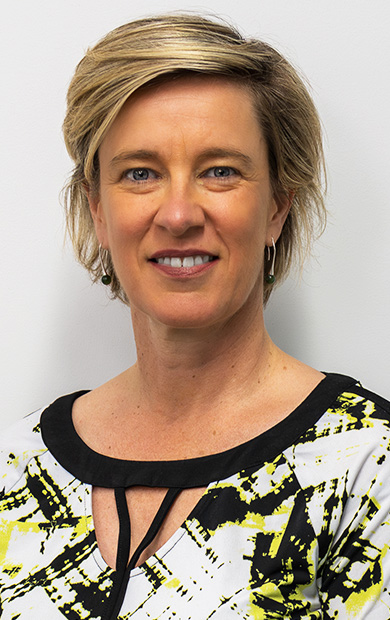Nurturing our children’s curiosity safely
Statements
- Standards Australia has recently published adopted international standard AS/NZS 8124.4:2020, Safety of Toys, Part 4: Experimental sets for chemistry and related activities (ISO 8124-10:2019, MOD), with modifications to suit Australian needs.
- Working collaboratively with the International Organization for Standardization (ISO), Standards Australia assisted with the development of the international standard.
- The standards objective is to reduce the risk and health hazards to children when playing with experimental sets involving hazardous chemicals.
Children’s curiosity about the world is a powerful catalyst for their developmental skills and attitude towards learning. Whether it be growing crystals, simulating volcanic eruptions or exploring the effects of mixing different chemicals – there are endless choices for consumers seeking to nurture the minds of inquisitive children.
Standards Australia published AS/NZS 8124.4:2020, Safety of Toys, Part 4: Experimental sets for chemistryand related activities (ISO 8124-10:2019, MOD), with the objective to reduce risk and health hazards within children’s experiential play kits.
“As research continues to develop so does our understanding of the risk and hazards that certain chemicals can present. While specific hazardous chemicals are allowed in experimental kits those that are carcinogenic, mutagenic or toxic to reproduction are not suitable for use by kids,” said Richard Hayman, Chair of the committee responsible for the standard.
“Sodium tetraborate is an example of such a change. It was previously allowed in small quantities and may have been used for experiments with slime however it is now understood to be toxic to reproduction and so has been removed from the list of hazardous chemicals that are allowed in chemistry sets,” said Mr. Hayman.
“This is one reason why it is very important to keep our standards updated and aligned with new knowledge. Another is to maintain alignment with our regulatory environment and in this regard the standard has been updated to classify chemicals in accordance with the Globally Harmonised System of Classification and Labelling of Chemicals (GHS) which became mandatory in Australia on 1, January 2017,” said Mr. Hayman.
“Reviewing and updating Standards ensures that the content is relevant and contemporary. It is standards such as AS/NZS 8124.4 that demonstrate the importance and benefits of continuous standards development that help keep our communities safe,” concluded Roland Terry-Lloyd, Head of Standards Development at Standards Australia.

- Standards Australia has recently published adopted international standard AS/NZS 8124.4:2020, Safety of Toys, Part 4: Experimental sets for chemistry and related activities (ISO 8124-10:2019, MOD), with modifications to suit Australian needs.
- Working collaboratively with the International Organization for Standardization (ISO), Standards Australia assisted with the development of the international standard.
- The standards objective is to reduce the risk and health hazards to children when playing with experimental sets involving hazardous chemicals.
Children’s curiosity about the world is a powerful catalyst for their developmental skills and attitude towards learning. Whether it be growing crystals, simulating volcanic eruptions or exploring the effects of mixing different chemicals – there are endless choices for consumers seeking to nurture the minds of inquisitive children.
Standards Australia published AS/NZS 8124.4:2020, Safety of Toys, Part 4: Experimental sets for chemistryand related activities (ISO 8124-10:2019, MOD), with the objective to reduce risk and health hazards within children’s experiential play kits.
“As research continues to develop so does our understanding of the risk and hazards that certain chemicals can present. While specific hazardous chemicals are allowed in experimental kits those that are carcinogenic, mutagenic or toxic to reproduction are not suitable for use by kids,” said Richard Hayman, Chair of the committee responsible for the standard.
“Sodium tetraborate is an example of such a change. It was previously allowed in small quantities and may have been used for experiments with slime however it is now understood to be toxic to reproduction and so has been removed from the list of hazardous chemicals that are allowed in chemistry sets,” said Mr. Hayman.
“This is one reason why it is very important to keep our standards updated and aligned with new knowledge. Another is to maintain alignment with our regulatory environment and in this regard the standard has been updated to classify chemicals in accordance with the Globally Harmonised System of Classification and Labelling of Chemicals (GHS) which became mandatory in Australia on 1, January 2017,” said Mr. Hayman.
“Reviewing and updating Standards ensures that the content is relevant and contemporary. It is standards such as AS/NZS 8124.4 that demonstrate the importance and benefits of continuous standards development that help keep our communities safe,” concluded Roland Terry-Lloyd, Head of Standards Development at Standards Australia.



